How to ride in a paceline
This skill can transform your group rides and increase your average speed
James Howell-Jones
Junior Writer
Riding behind other cyclists saves loads of energy, but there always has to be someone at the front of the group to take the brunt of the wind. If you want to ride faster with your riding mates, try riding in a paceline.
In a paceline, also known as 'rolling turns', 'through and off' or a 'chain gang', riders constantly shift positions in the group, so the work on the front of the group is shared between everyone.
If you've got four or more riders in a group, give this a go. It’ll increase the average speed of your rides, and it’s a lot of fun.
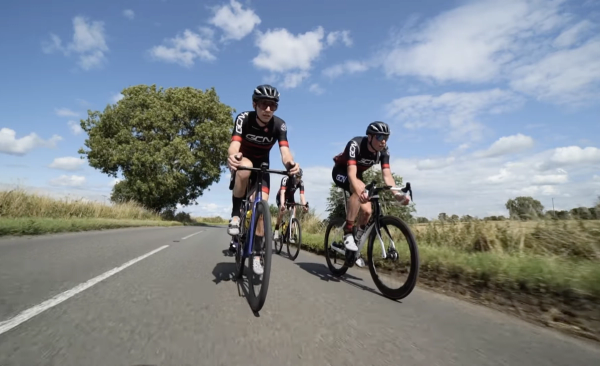
Establish two lines
Organise the group so you’ve got two lines of riders alongside each other. These are going to be the two ‘lanes’ for the paceline.
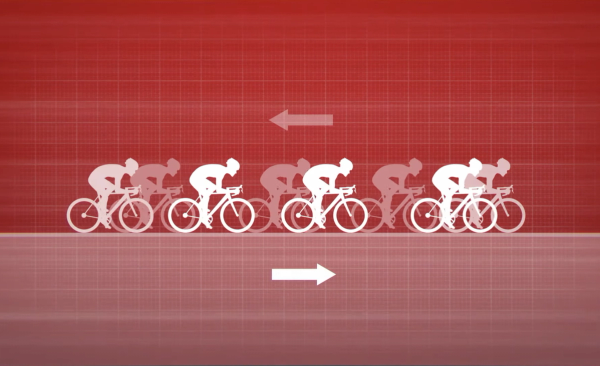
Increase the pace of one line
One line of riders (usually the one nearer to the middle of the road) gradually increases their pace so they start to slide past the slower riders.
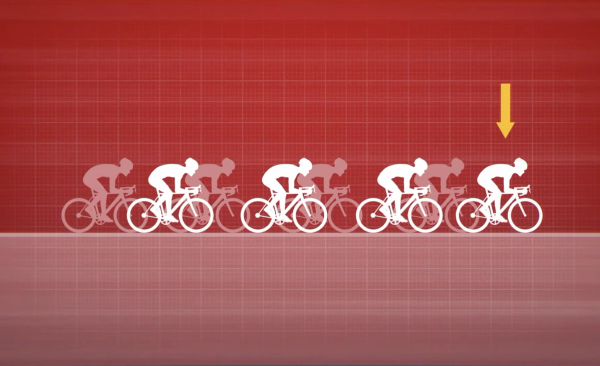
The front rider pulls of the front of the fast line
Once the front rider in the fast line goes one bike length ahead of the slow line, they need to pull over and join the front of the slow line, then decelerate very gradually. This rider now drifts backwards at the same pace of the slow line.

The back rider moves onto the back of the fast line
Meanwhile, at the back, the rider at the rear of the slow line will be emerging from the back of the group. When the rider at the back of the fast group is a bike length ahead of them, they should move across and join the back of the fast line.
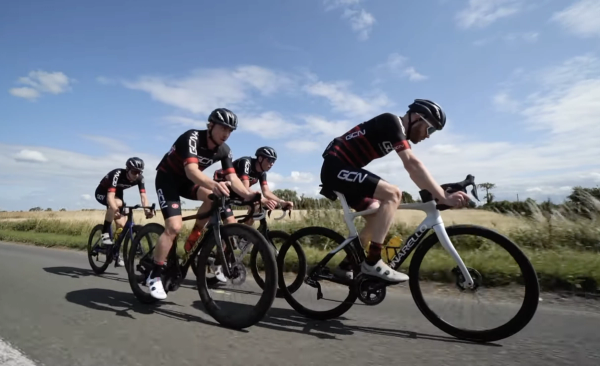
This process continues fluidly
If you’re pacing the two lines correctly, this transition – when the front rider and back rider slide from line to line – should be happening every few seconds. Make sure the pace of the slow line is constant, and the pace of the fast line is constant, to keep the group tight.

Avoid accidentally increasing the pace of the slow line
When you slide across from the fast line to the slow line, you need to slow down to the speed of the group behind. If you keep riding at full speed, the fast line will have to go even harder to get past you, and soon enough the cracks will start to appear.
To avoid this, keep communicating with the group. The pace needs to be comfortable for everyone.
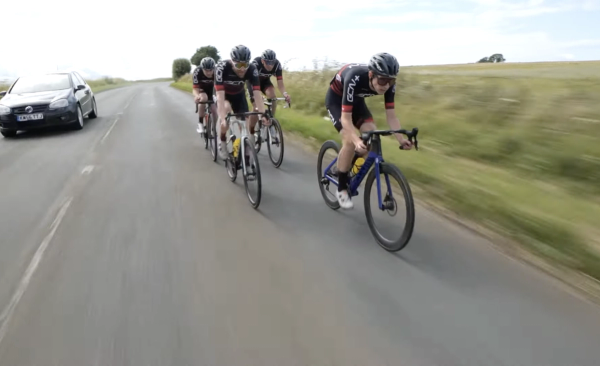
Adjust for the wind conditions
When a group is well practised, you should alter the direction in which you rotate depending on where the wind is coming from. Organise your riding so the recovery line takes the wind and allows the fast line to come through with some shelter so they can generate more speed.

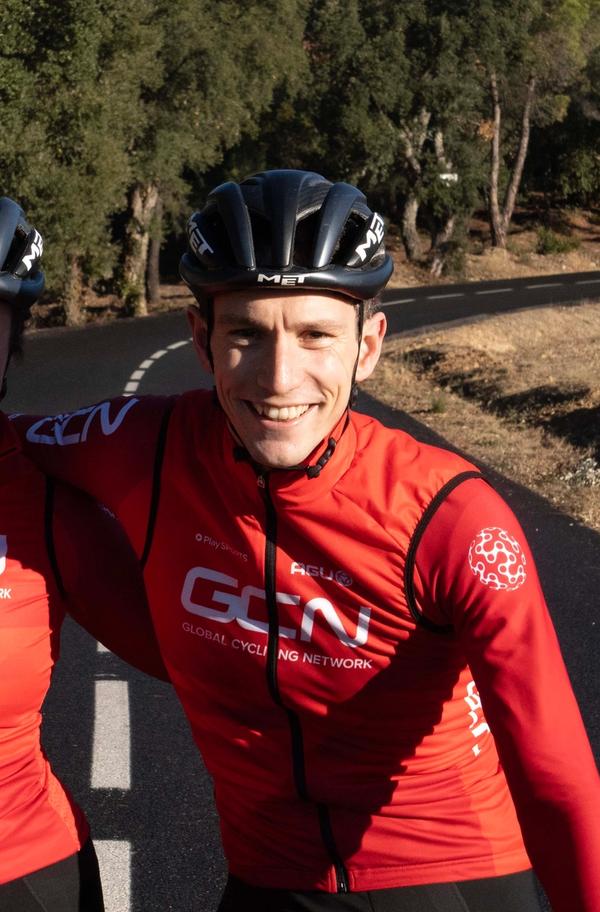
.jpg?rect=957,780,3097,3060&w=600&auto=format)













